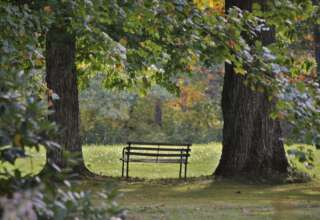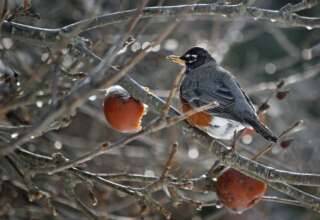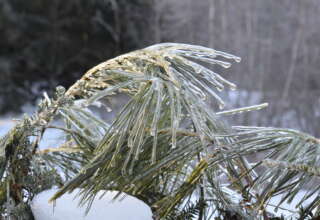
The Forest Web: Relationships and Empowerment
I propose that there is much to learn from the forests and other relationship-based webs. I devote time later in this essay to these various kinds of webs—especially as they sustain connection in the midst of difference. I have already set the stage for this journey through the forest by dwelling briefly on the more human matter of the diverse perspectives we taken on the very human world in which we are all living. In the fifth essay in this series, I introduced three domains that can be engaged when addressing interpersonal challenges (Bergquist, 2023e). These domains concern information, intentions and ideas.
I revisit this analysis because all three of these domains also are to be found in the eco-system of a forest. We might better understand how the web of wood operates by noting how the fungi transmits information between trees and plants in the forest; furthermore, there is a shared, inherent recognition by all living beings in the forest that they must collaborate to survive. Obviously, there are no town council meetings held in the forest to establish and maintain this shared intention (preservation of life and a viable ecosystem).
Self-Organization
Much as in the case of all other living systems, there is a strong tendency and capacity of forest systems to “self-organize” (the concept I introduced in the fourth essay in this series) (Bergquist, 2023d). Much as our own brain operates without a central coordinating mechanism, so does the forest operate without this central coordination. Yet, in both the human brain and forest there is a powerful guiding intention that is manifest in all of the distributed functions of the brain and forest.
The forest eco-system is also filled with ideas and actions that are guided by these ideas (alongside the self-organizing intentions). Macfarlane (2019, p. 98) offers the following description of the remarkable ways in which the forest eco-system generates and makes use of “ideas”:
“The possibilities of the wood wide web far exceed this basic exchange of goods between plant and fungi . . . . [T]he fungal network also allows plants to distribute resources between one another. Sugars, nitrogen and phosphorus can be shared between trees in a forest: a dying tree might divest its resources into the network to the benefit of the community, for example, or a struggling tree might be supported with extra resources by its neighbours.”
Three Domains
I have often written about the critical role played by three domains in our life (information, intentions and ideas) as problem-solvers and planners. These three domains served as the foundation in my fifth essay in this series for the presentation of strategies to sustain relationships midst differences (Bergquist, 20223b). Fundamentally, like in our forests, we must dwell in the domain of information if we are to be “realistic”, in the domain of intentions if we are to find purpose, and in the domain of ideas if we are to move from the current state (information) to the desired state (intentions).
We find an interplay between information, intentions and ideas in Macfarlane’s (2019, p., 98) description of forests in operation:
“Even more remarkably, the network also allows plants to send immune-signaling compounds to one another. A plant under attack from aphids can indicate to a nearby plant via the network that it should up-regulate its defensive response before the aphids reach it. It has been known for some time that plants communicate above ground in comparable ways, by means of diffusible hormones. But such airborne warnings are imprecise in their destinations. When the compounds travel by fungal networks, both the source and recipient can be specified.”








